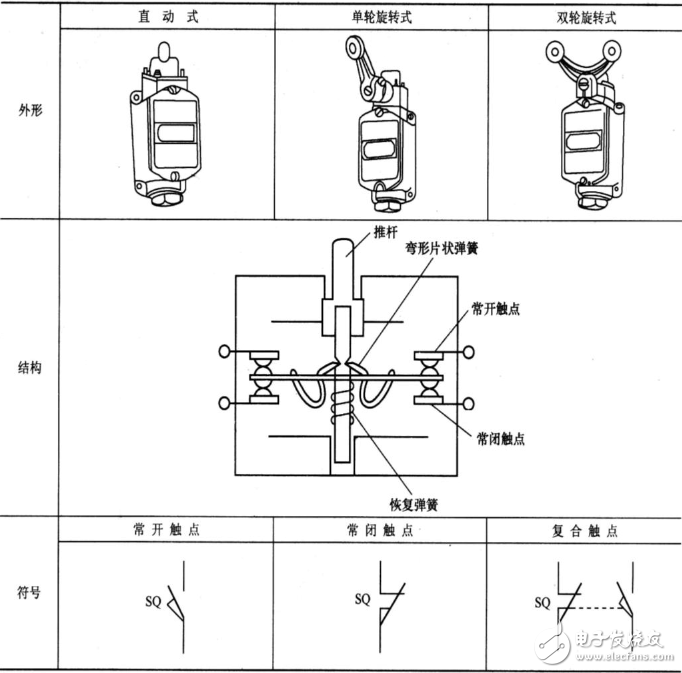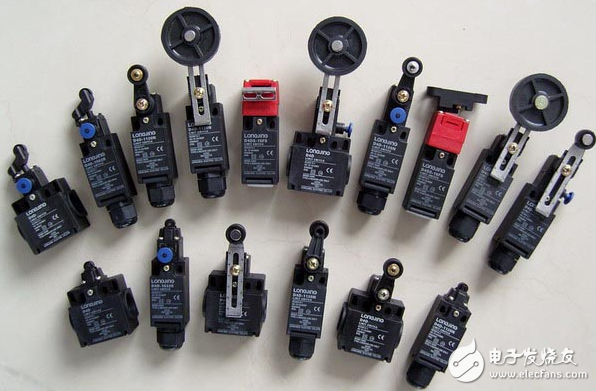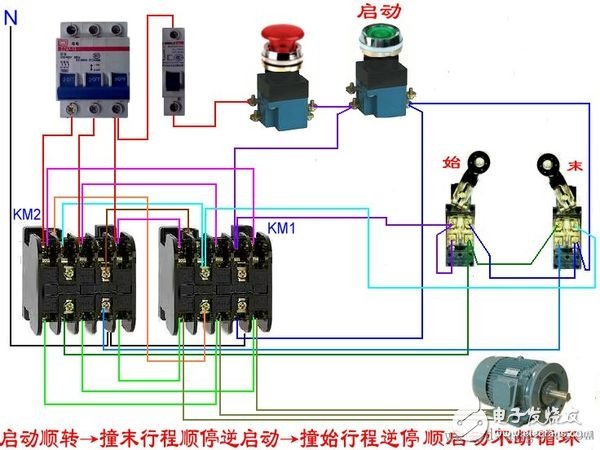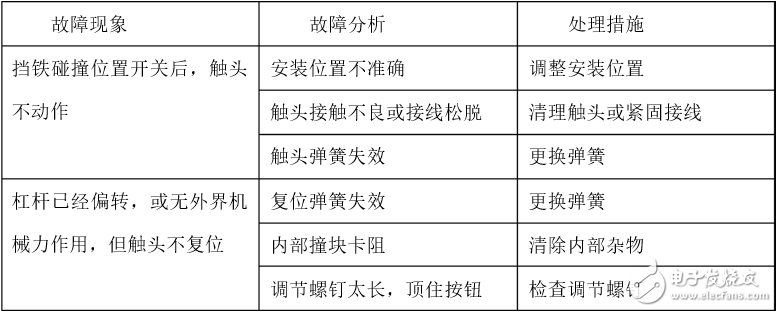One common type of travel switch is the position switch, also known as a limit switch. These are widely used in low-current electrical systems and are designed to control circuits by using the movement of machinery parts to trigger contact actions. Their main purpose is to limit the position or movement of mechanical components, enabling machines to stop, reverse, shift, or automatically return at specific points during operation.
Travel switches typically consist of three main parts: an operating mechanism, a contact system, and a protective housing. Depending on their design, they can be classified into different types such as direct-acting, rotary, and micro-motion switches. The appearance, structure, and symbol representation of common travel switches are illustrated in the figure below.

How to Select a Travel Switch:

- Determine the type based on application and control needs. If the machine operates at a moderate speed, a general-purpose travel switch is suitable. For complex motion paths where a direct-acting switch isn’t ideal, a cam-rotary switch is preferred. In high-reliability applications, proximity switches may be more appropriate.
- Choose the protection rating (open or enclosed) according to environmental conditions. This ensures durability in harsh or sensitive environments.
- Select the series based on the voltage and current requirements of the control circuit. Matching these parameters is essential for safe and effective operation.
- Consider the motion characteristics of the equipment to choose the right structural form. Different mechanisms suit different types of movement, such as linear or rotational.
Proper Usage of Travel Switches:

- Install the switch correctly, ensuring the roller direction is correct and not reversed. The point of contact with the actuating bar must align precisely with the control circuit’s requirements to ensure reliable triggering.
- Regularly check the switch for smooth operation and secure fastenings. Any looseness or malfunction should be addressed immediately to prevent failures.
- Clean the contacts periodically to remove dirt, grease, or oxidation. Replace worn-out components promptly to avoid unexpected malfunctions or safety hazards.
Common Faults and Troubleshooting:

Some typical issues include contact wear, misalignment, or failure to trigger due to mechanical fatigue. To resolve these, inspect the switch regularly, clean contacts, and replace damaged parts. Ensuring proper installation and maintenance can significantly extend the lifespan and reliability of the device.
For IPhone Mobile Battery​
iphone mobile battery​,best battery for iphone,apple mobile battery,iphone battery price,apple iphone battery
Dongguan Jili Electronic Technology Co., Ltd. , https://www.jlglassoca.com